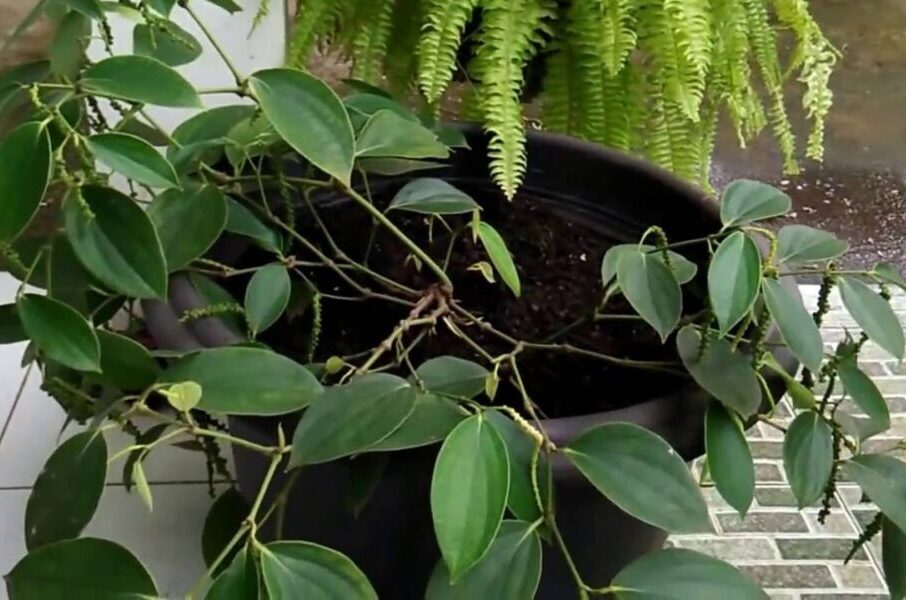General Information
- Category- Fruit, drug, herb, spice
- Binomial Name- Piper nigrum
- Common Names- Pepper corn, Kali mirch
- Spread- 144-180 inches
- Height- 157-360 inches
- Average Production- 20 to 30 fruiting spikes per stem
- Days to Maturity- 1095-1460 days
Environmental Requirements:
- Soil- Clay loam, red loam, sandy loam and lateritic soils
- Soil Moisture- 22%
- Soil pH- 5.5-6.5
- Sun Requirements- Full sun/Partial sun
- Best Time to Plant- Spring (February-March)
Tips to Grow Black pepper:
- Arrange good quality of black pepper seeds/ cuttings. Soak the seeds in warm water for 24 hour before planting. If you want to grow black pepper by cutting, there is no need to soak the cuttings.
- Soil should be loam and well draining. It should be moist but not wet. Add compost, sand, peat to make soil well-draining
- Arrange a tray and fill it with the soil. Sow your seeds 1\4 inches deep in the soil. After 30-40 days when germination occur, transplant your seedlings.
- If you grow black paper by cutting, then place the bottom of your cutting it the soil by making a hole in container soil.
- We can add compost to our plant twice in a month for better growth. Mulch your plant 2-4 inch below the soil surface, so your plant’s roots can more fully absorb it.
- After 2-3 years, when your plant is fully-grown, it will grow flowers and fruits. When peppercorns are ready to pick, they will turn from green to light red.
- Buy an adult pepper plant if you want to harvest your pepper plant sooner.
Chemical Constituents of Black pepper:
- Volatile oil (1-2.5 percent). Aroma is due to volatile oil which contains terpenes (alpha and beta pinene), phallandrene and sesquiterpenes.
- Crystalline alkaloids piperine, piperettine and a resin. Pungency is due to piperine and the resin.
Uses:
- As a carminative.
- As a condiment.
- Once used in gonorrhoea and chronic bronchitis.
- As a stimulant, irritant, tonic and febrifuge.
Show Comments


